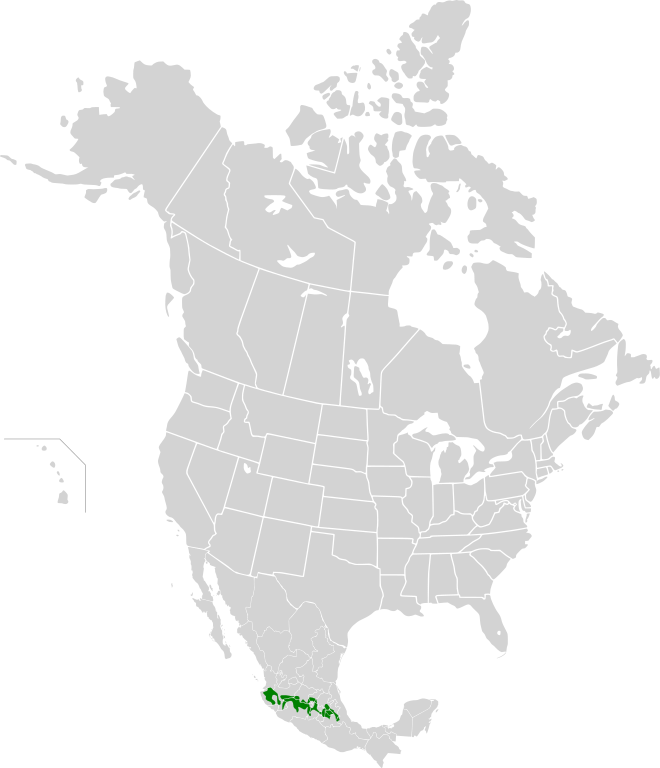Trans-Mexican Volcanic Belt Pine–Oak Forests Ecoregion: Nature's Haven in South-Central Mexico
The Trans-Mexican Volcanic Belt Pine–Oak forests ecoregion in south-central Mexico is a diverse combination of pine and oak landscapes spanning multiple states. It is an ecologically significant area that provides a haven for various plant and animal species.
Trans-Mexican Volcanic Belt Pine–Oak Forests Ecoregion
Nature's Haven in South-Central Mexico
Located in the heart of south-central Mexico, the Trans-Mexican Volcanic Belt pine–oak forests ecoregion is a stunning example of biodiversity. It is characterized by its distinctive combination of pine and oak-dominated landscapes. This ecoregion covers several states and is of great ecological importance, providing a sanctuary for a diverse range of plant and animal species.
Geographical Context
The Trans-Mexican Volcanic Belt pine–oak forests ecoregion is intricately linked with the larger Trans-Mexican Volcanic Belt, stretching approximately 1,000 km (620 mi) from the Pacific Ocean to the Gulf of Mexico. Encompassing states such as Colima, Jalisco, Michoacán, Guanajuato, Querétaro, México, Hidalgo, Mexico City, Morelos, Puebla, Tlaxcala, and Veracruz, this ecoregion is a vital component of Mexico's diverse landscapes.
Flora and Vegetation
At the heart of this ecoregion lies a mosaic of pine and oak-dominated forests, creating a visually stunning and ecologically dynamic environment. Notable tree species include Mexican pine (Pinus pseudostrobus), Montezuma pine (Pinus montezumae), and oak species such as Quercus crassifolia and castanea. The diverse vegetation zones reflect variations in altitude, soil types, and microclimates, contributing to the ecoregion's overall richness.
Wildlife Diversity
The Trans-Mexican Volcanic Belt pine–oak forests teem with diverse wildlife, from elusive mammals to vibrant bird species. Notable inhabitants include the elusive jaguar (Panthera onca), agile Mexican fox squirrel (Sciurus nayaritensis), and the charismatic golden eagle (Aquila chrysaetos). These forests also serve as critical habitats for migratory birds, enhancing their ecological importance.
Endemic Species
One of the ecoregion's highlights is its role as a refuge for numerous endemic plant and animal species found nowhere else on Earth. This endemism underscores the region's ecological uniqueness and emphasizes the importance of conservation efforts to preserve these specialized life forms.
Ecological Interactions
The intricate ecological interactions within the Trans-Mexican Volcanic Belt pine–oak forests contribute to the overall health and resilience of the ecosystem. From symbiotic relationships between plants and mycorrhizal fungi to the predator-prey dynamics that shape animal populations, understanding these interactions is crucial for effective conservation strategies.
Conservation Challenges
Despite its ecological importance, the ecoregion faces various challenges, including habitat fragmentation, climate change, and anthropogenic activities. Balancing conservation efforts with sustainable land use practices is imperative to ensure the long-term survival of this unique ecosystem.
Scientific Research and Education
The Trans-Mexican Volcanic Belt pine–oak forests ecoregion is an area of south-central Mexico that serves as a living laboratory for scientists and researchers. They study the complexities of forest ecosystems, biodiversity patterns, and climate impacts in this area. The ecoregion showcases the wonders of nature, from its diverse flora and fauna to the ecological interactions that shape its landscapes.

Map depicting the approximate area of the Trans-Mexican pine–oak forests ecoregion.
